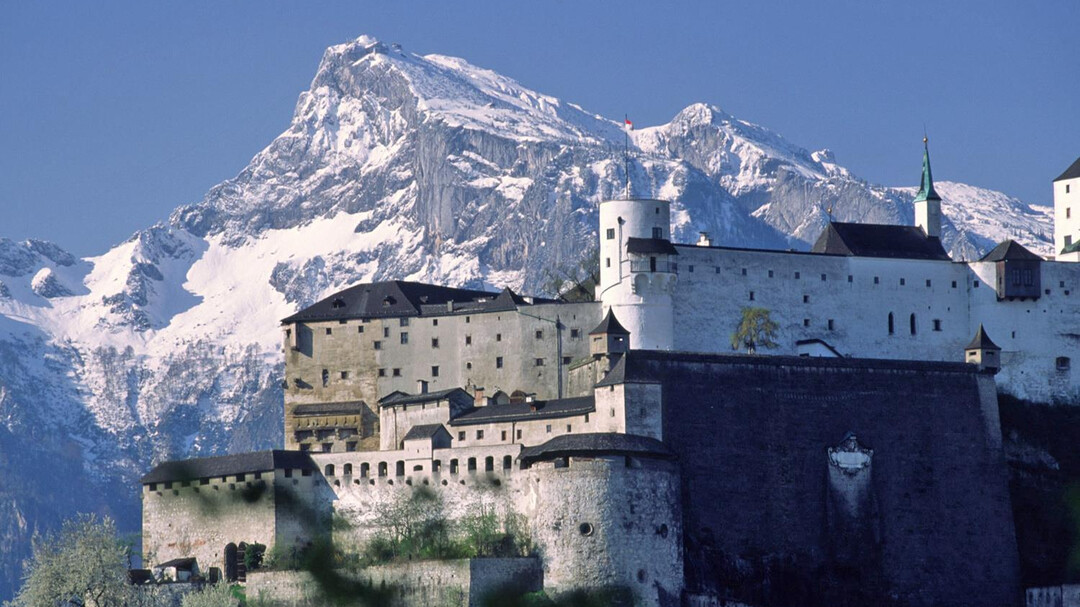
Salzburg is a city where music and history intertwine, where every cobblestone whispers of genius and grace. It is the birthplace of Wolfgang Amadeus Mozart — the prodigy whose brilliance illuminated Europe — and a city that, much like its most famous son, blends harmony, precision, and emotion into a single, unforgettable composition. With its Baroque architecture framed by Alpine peaks and the gentle flow of the Salzach River, Salzburg is one of Europe’s most enchanting jewels. To experience its magic, even for just 24 hours, means diving into a world of art, craftsmanship, and Austrian timeless elegance.
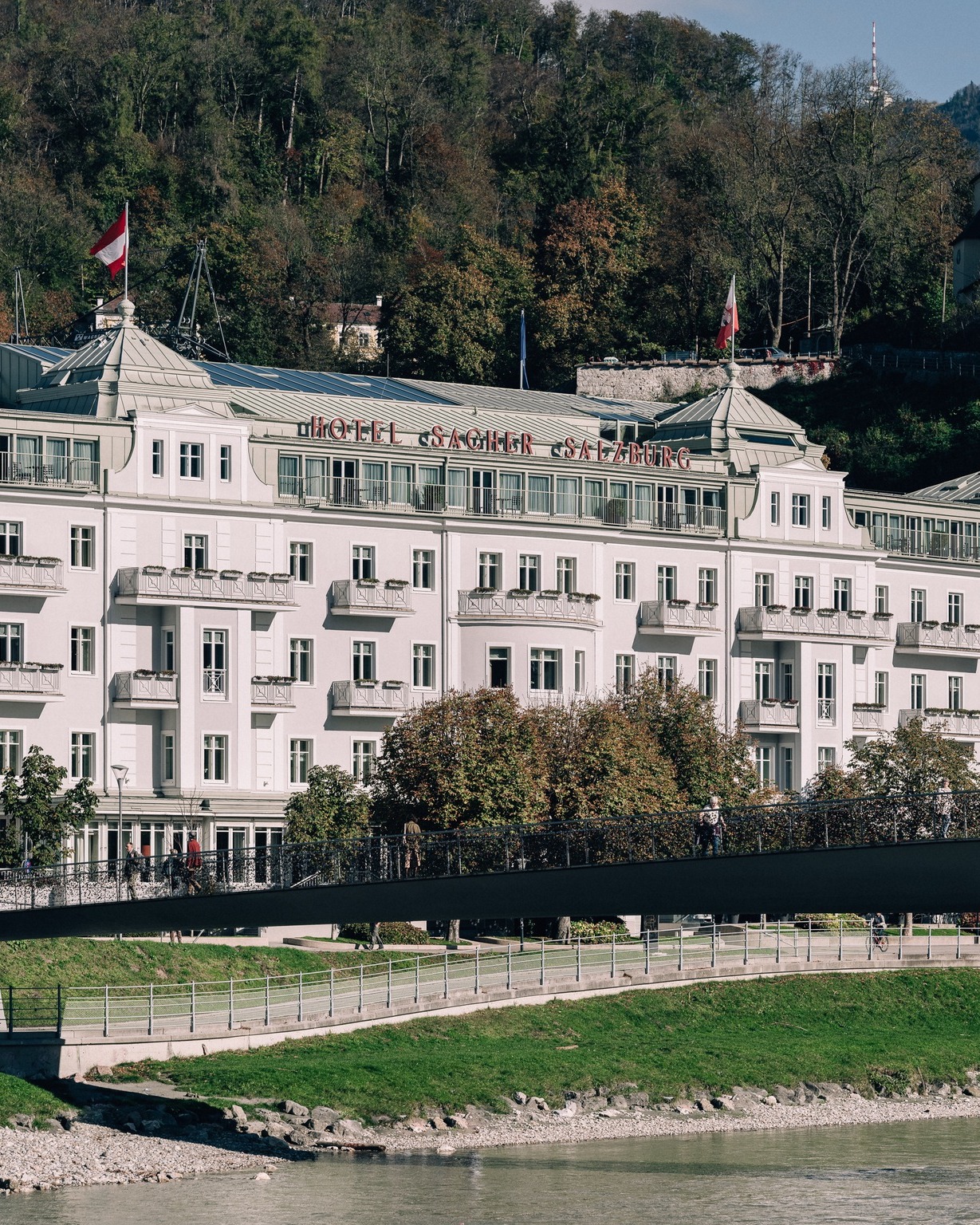
The Stay: Hotel Sacher Salzburg
If Mozart gave Salzburg its sound, Eduard Sacher gave it its soul. The story of the Sacher family mirrors that of the city’s greatest composer: both tales of youthful genius, early departure, and the enduring legacy of extraordinary women. Just as Constanze Mozart ensured her husband’s music would live forever through the constitution of a foundation, Anna Sacher transformed her late husband’s vision into legend, turning a name into a symbol of refined Austrian excellence spanning from hospitality to the epic Sacher Torte.
The Hotel Sacher Salzburg is the embodiment of that legacy. Originally called the Österreichischer Hof, the building has been meticulously preserved while embracing modern luxury. In recent years, the hotel was topped with a fourth floor, offering even more breathtaking views over Salzburg’s rooftops and the Hohensalzburg Fortress. Inside, the grand staircase serves as an architectural centerpiece, leading to rooms and suites adorned with antiques, oil paintings, and bespoke furnishings.
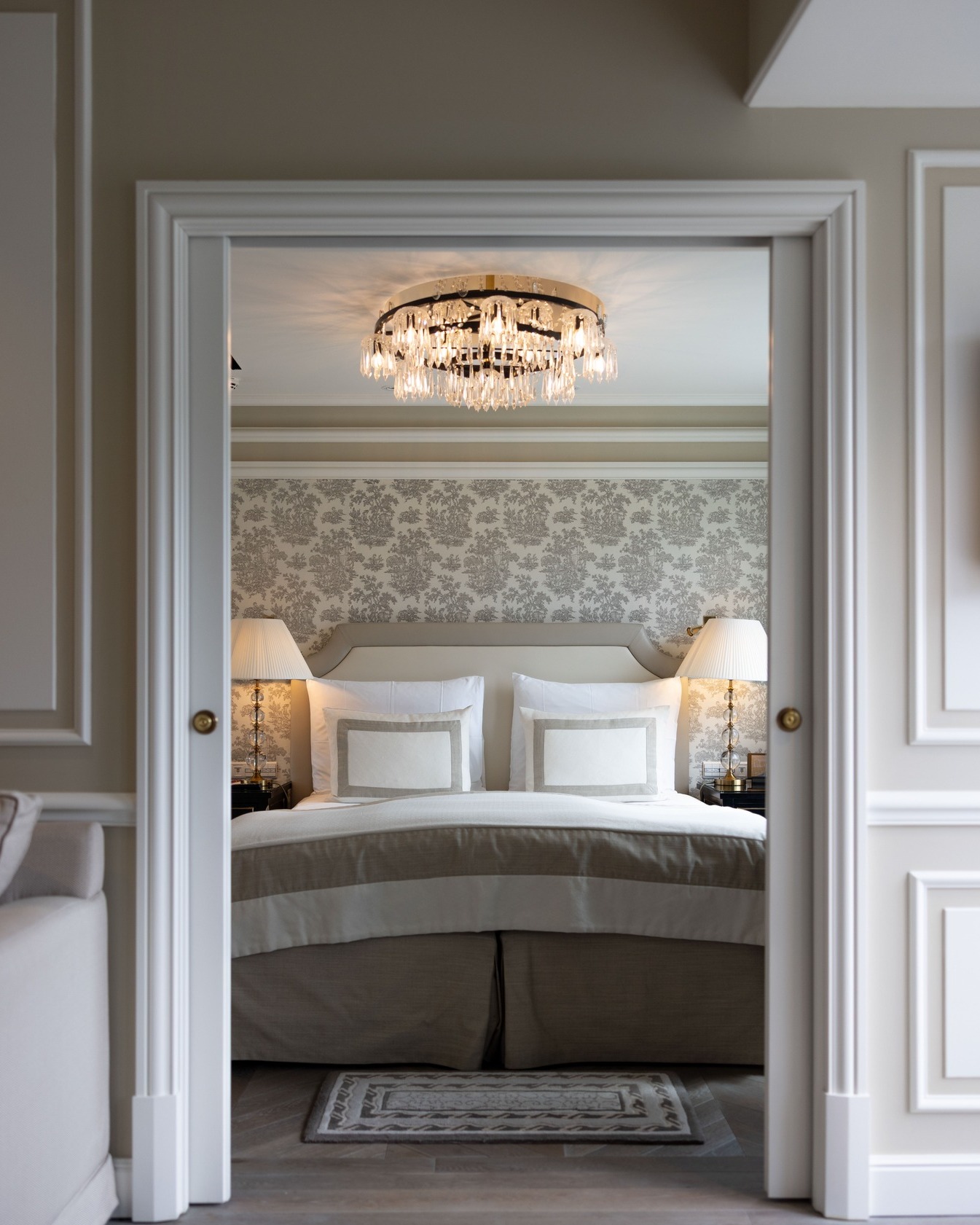
With 110 uniquely designed rooms and suites, including Signature Suites with terraces overlooking the Salzach River, the Salzburg Theater, or Makart Square, every stay is defined by elegance and comfort. Guests can enjoy two restaurants, a bar, and the iconic Sacher Café, which has become a beloved landmark for locals. Salzburg residents often remark with admiration: “The Hotel Sacher? That’s Salzburg at its finest, nothing else compares!”
Every detail reflects thoughtful luxury: espresso machines with the Sacher logo, La Bottega amenities, and wellness offerings including a sauna, steam bath, and LifeFitness-equipped gym. The breakfast buffet is lavish and varied, paired with the most scenic panoramic view of Salzburg, while the Sacher Café allows guests to indulge in the Original Sacher-Torte at any time, a small yet extraordinary delight that has become a city-wide favorite.
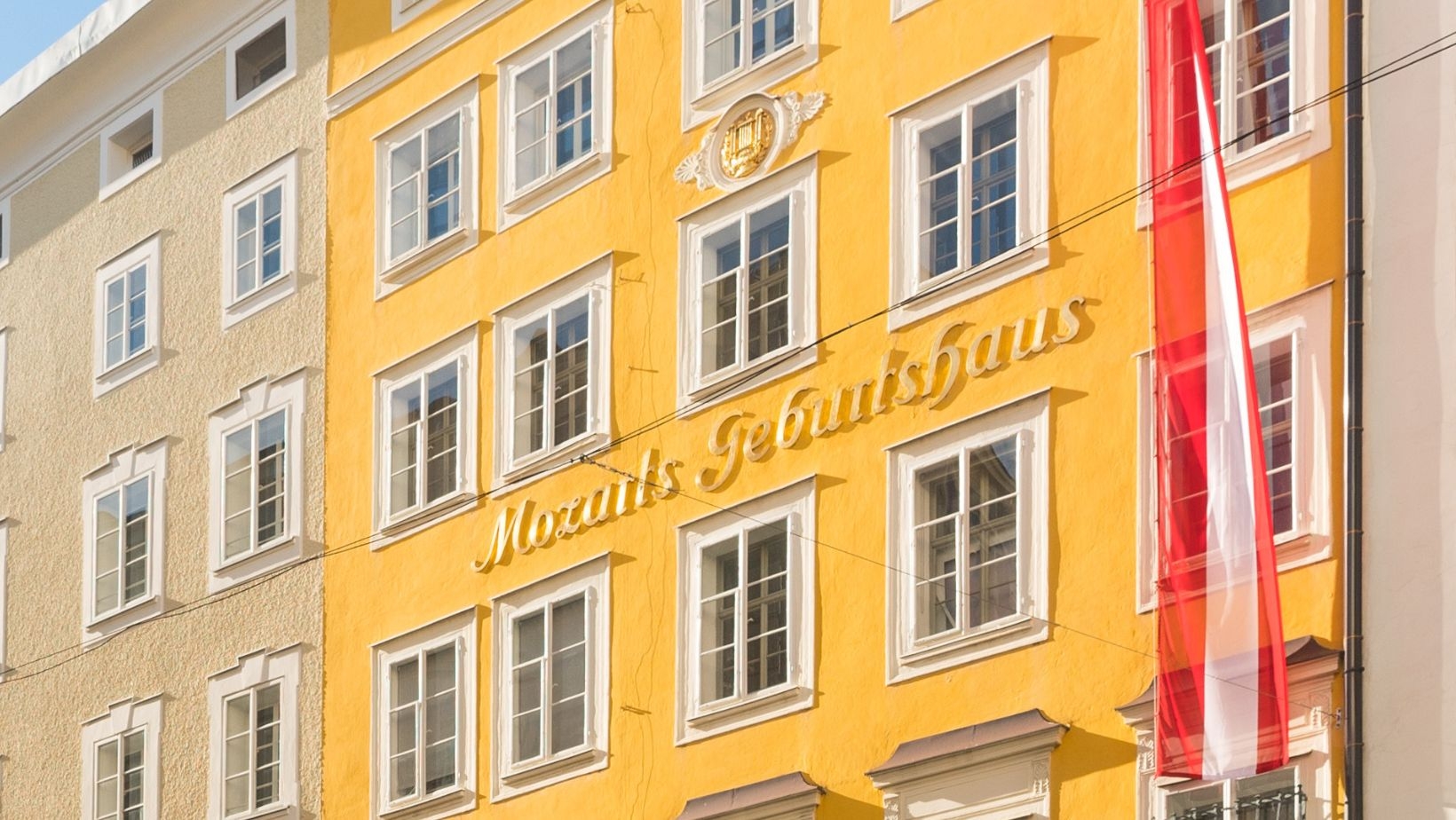
Discovering Salzburg
Salzburg’s story stretches back to the Neolithic period, later evolving into the Celtic settlement of Juvavum and a Roman municipal hub by 15AD. Its name, meaning “Castle of Salt,” reflects the city’s historic connection to salt mining. The famous Berchtesgaden Salt Mines, just south of the city, remain a reminder of the region’s mineral wealth, while the Salzach River — the “Salt River” — still flows through the heart of the city. Today, Salzburg has a population of around 158,000 and is rich with cultural offerings, including over five theatres and a year-round calendar of concerts, festivals, and exhibitions.
A practical way to explore is the Salzburg Card, which grants access to almost every major attraction and public transportation for 24, 48, or 72 hours, making it ideal for visitors with limited time.
At the heart of Salzburg’s identity is Mozart, whose birthplace on Getreidegasse is a must-see. Born in 1756, Mozart’s extraordinary genius emerged in the very streets and rooms now preserved as a museum. Visitors can explore his early life, see original manuscripts and instruments, and experience the city through the eyes of a musical prodigy whose influence remains unparalleled.
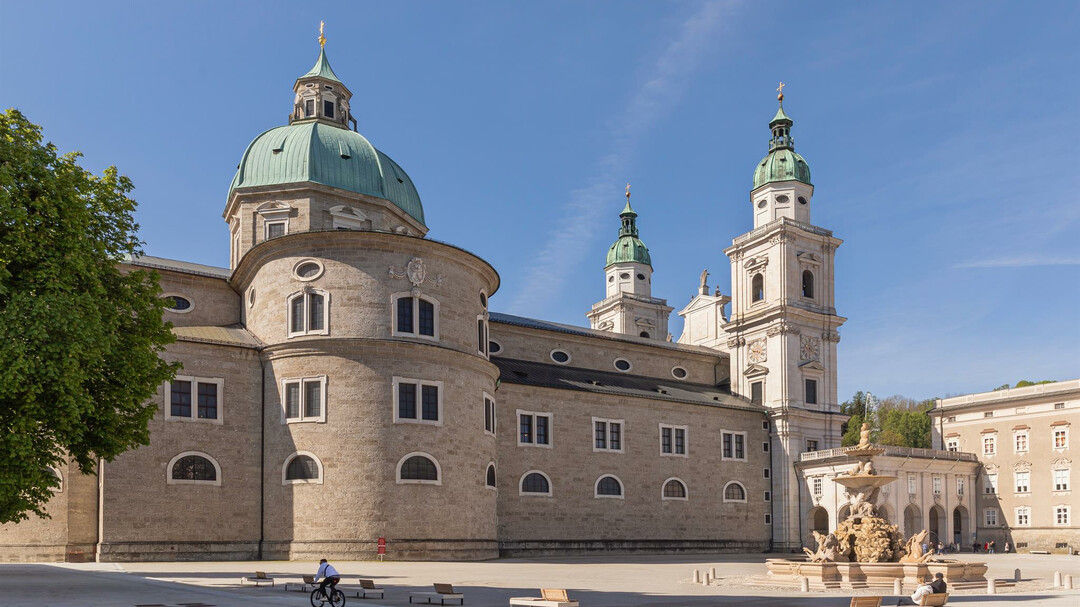
Equally magnificent is the Salzburg Cathedral (Dom), officially dedicated to Saint Rupert, a fact widely recognized. But what almost no one, not even many locals, know is that the true patron saint of Salzburg is Saint Martin. After a devastating fire in 1598, Archbishop Wolf Dietrich von Raitenau, having experienced the grandeur of the papal court in Rome, commissioned a Baroque reconstruction to elevate Salzburg to a level of magnificence befitting its status. His successor, Markus Sittikus, oversaw its completion, entrusting Santino Solari to build the first Baroque cathedral north of the Alps. Consecrated in 1628 by Archbishop Paris Lodron, the cathedral later suffered damage during a 1944 bombing but was meticulously restored and reconsecrated in 1959. Its interiors, soaring arches, and treasures remain a highlight for every visitor.
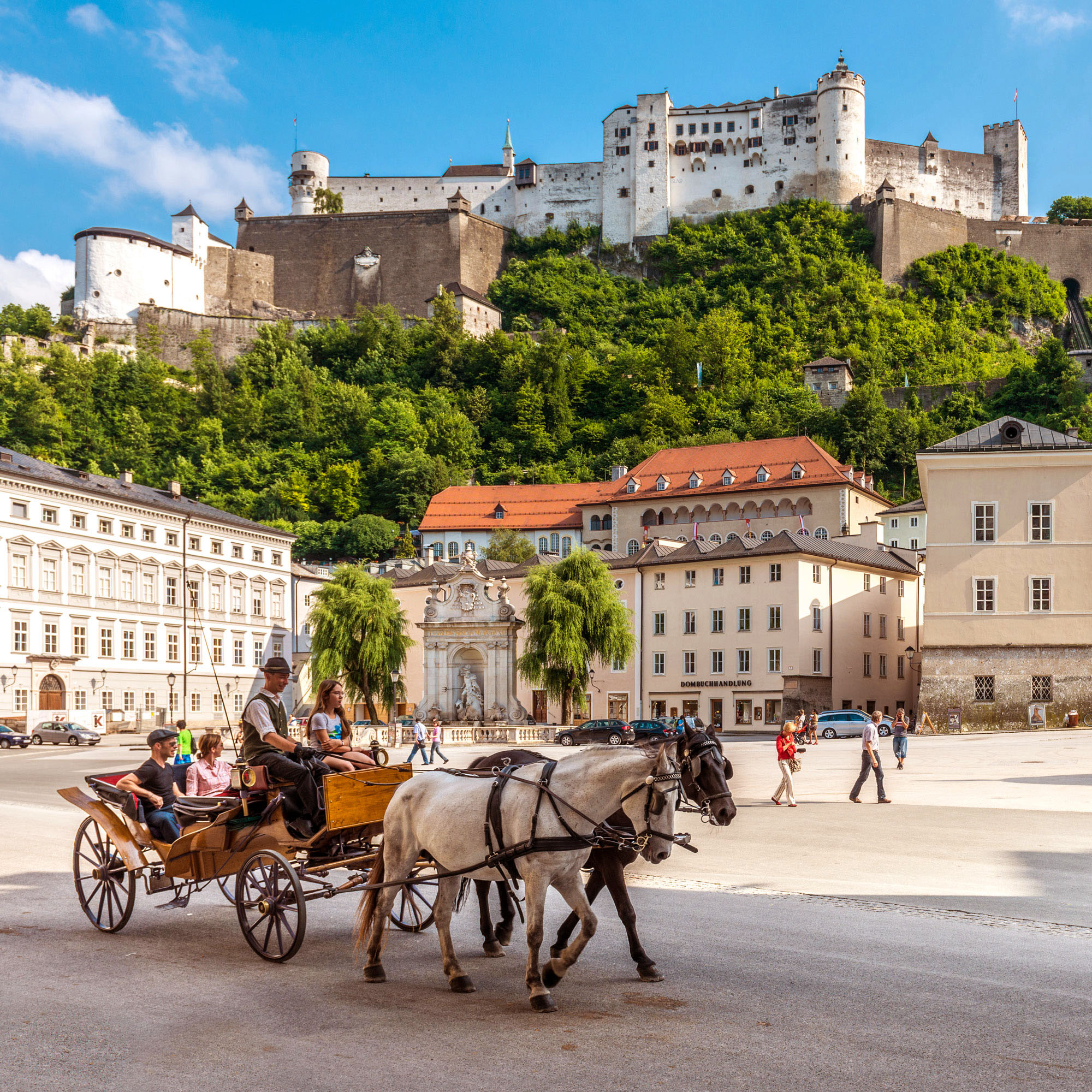
The Hohensalzburg Fortress, perched majestically atop the Festungsberg hill, is one of the largest and best-preserved medieval fortresses in Europe. Its origins date back to 1077, when Archbishop Gebhard von Helfenstein began its construction to protect the city and assert ecclesiastical authority. Over the centuries, successive archbishops expanded and fortified it, turning it into an imposing symbol of power and prestige. Visitors can explore its ancient walls, towers, and courtyards, each revealing layers of Salzburg’s history, from medieval defenses to Baroque refinements. Inside, the fortress houses several museums, including exhibits on medieval weaponry, princely apartments, and the fortress’ own history, providing a fascinating glimpse into life behind the ramparts. The panoramic views from its walls are breathtaking, stretching across Salzburg's typical concave roofs, the Salzach River, and the surrounding Alps — a perspective that truly captures the city’s unique charm and strategic location.
Accessible by a scenic funicular ride or a brisk uphill walk, Hohensalzburg Fortress is also vantage point that allows visitors to appreciate the harmony between Salzburg’s architectural elegance and its Alpine setting.
Craftsmanship and Local Treasures
Salzburg is also a city of craftsmanship and where craftsmanship thrives alongside its musical and architectural heritage. Getreidegasse, the city’s historic shopping street, is a prime example: its narrow cobblestone lanes are lined with centuries-old shops, each marked by ornate wrought-iron signs that hang above the entrances, a tradition dating back to medieval times.
Nearby, Marktplatz embodies the understated luxury of Salzburg. Here, amid colorful market stalls, Baroque fountains, and the historic town hall, visitors can sense the city’s refined elegance woven into everyday life. It is a place where craftsmanship meets subtle sophistication, a prelude to discovering the hidden ateliers that make Salzburg unique.
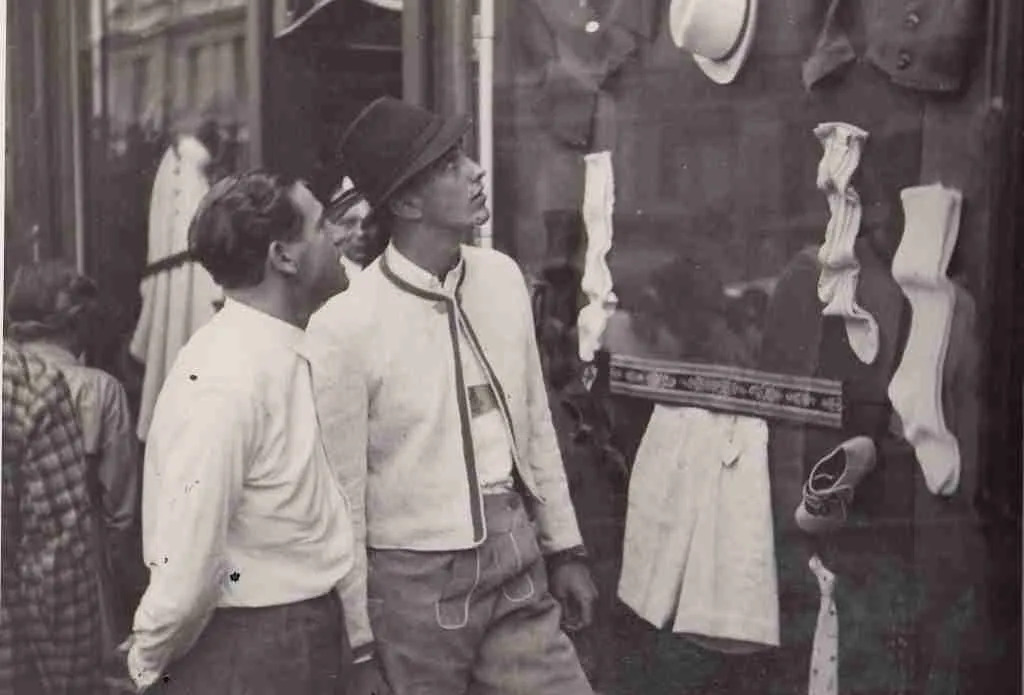
Just a short stroll away, the Kirchtag umbrellas are handcrafted one by one, with fewer than 500 produced annually, each a delicate testament to Austrian artisanship. The transition from the vibrant market square to these intimate workshops captures the essence of Salzburg: a city where history, culture, and artisanal excellence coexist seamlessly.
Nearby, Lanz is a cornerstone of Salzburg’s textile and fashion heritage, renowned for its Loden coats, traditional attire, ready-to-wear collections, and fully made-to-measure garments, ensuring that every client finds the perfect piece. Lanz operates boutiques in Vienna, Sant Gilgen, and Salzburg, with their Salzburg atelier on Imbergstraße and their flagship store on Schwarzstraße, where visitors can explore the full spectrum of their craftsmanship. With around 70 skilled employees, Lanz delivers haute couture-level service, creating garments that range from luxurious knitwear to traditional Austrian outfits. While their business has long served local and European clients, they have recently seen growing demand from the United States and the Middle East, especially for custom-made coats and knitwear.
A stop at Café Tomaselli, Austria’s oldest coffeehouse, immerses visitors in the Viennese coffee culture that Mozart himself would have known, while Kiki’s Home on Linzer Gasse delights with fresh, creative sushi, perfect for a quick and satisfying bite. For those drawn to exquisite jewelry, A.E. Köchert continues to craft pieces of imperial elegance, including the famous diamond “stars” once worn by Empress Sissi.
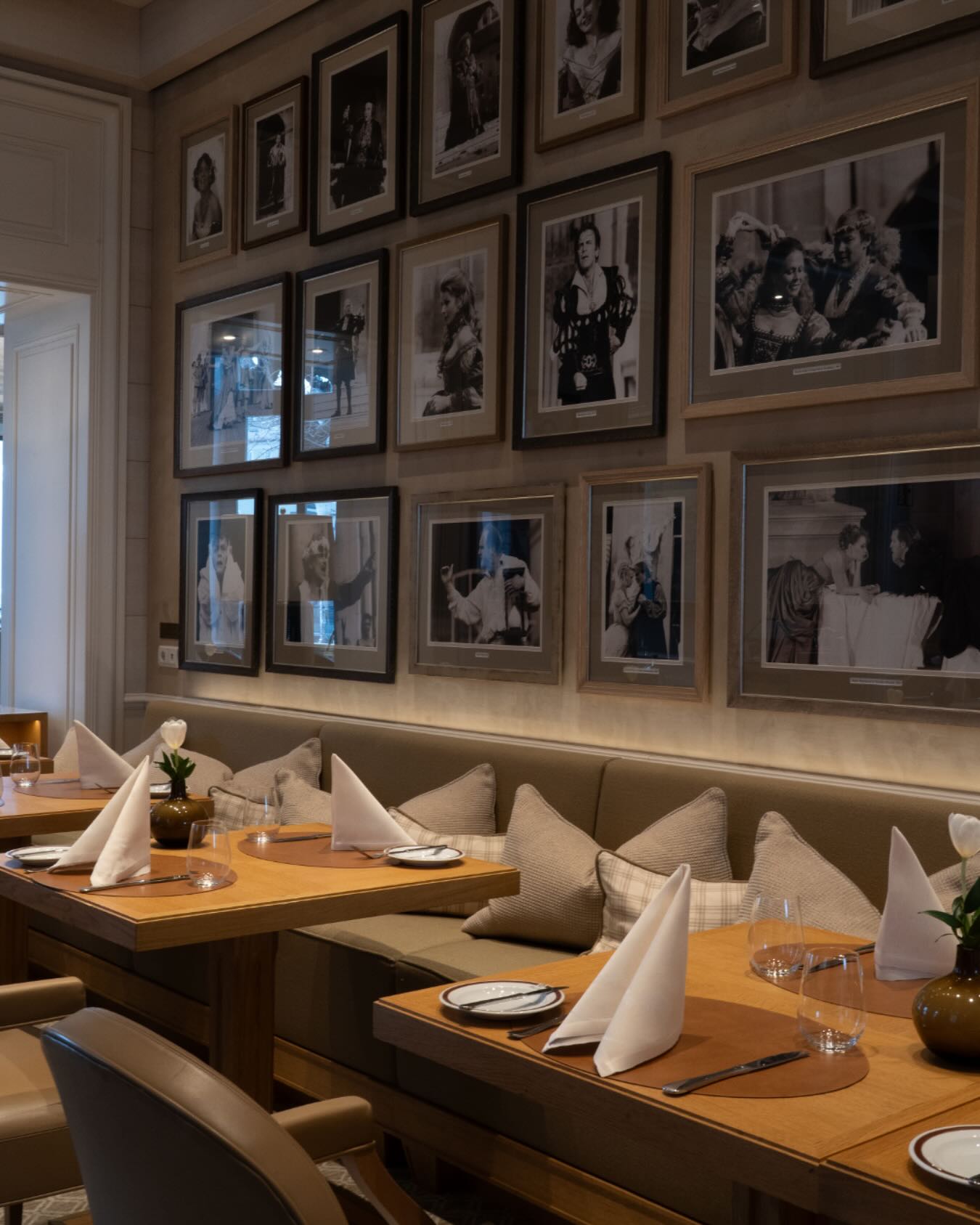
Dining Experience: Sacher Grill
As evening falls, Sacher Grill, within the hotel, offers a quintessential Austrian dining experience. Contemporary design and natural light highlight warm beige interiors, while panoramic views of the Salzach River and Hohensalzburg Fortress create a breathtaking backdrop. A unique feature is the Jedermann Wall, honoring performers of the Salzburg Festival, and the long Kuchltisch invites family and friends to gather. In warmer months, the terrace becomes a serene riverside haven.
The Wiener Schnitzel here is legendary, golden and crisp, and the kitchen’s creativity ensures that every dietary preference is accommodated with grace and attention. From romantic dinners to casual gatherings, each visit leaves an indelible memory of culinary delight.
In 24 hours, Salzburg reveals itself as a city of history, music, art, and elegance. From the luxury and heritage of Hotel Sacher to the musical genius of Mozart, from Baroque grandeur to handcrafted treasures, the city is a living symphony. Every step — along cobblestone streets, past centuries-old façades, or within a candlelit café — reminds visitors why Salzburg remains one of Europe’s most enchanting destinations.
related posts
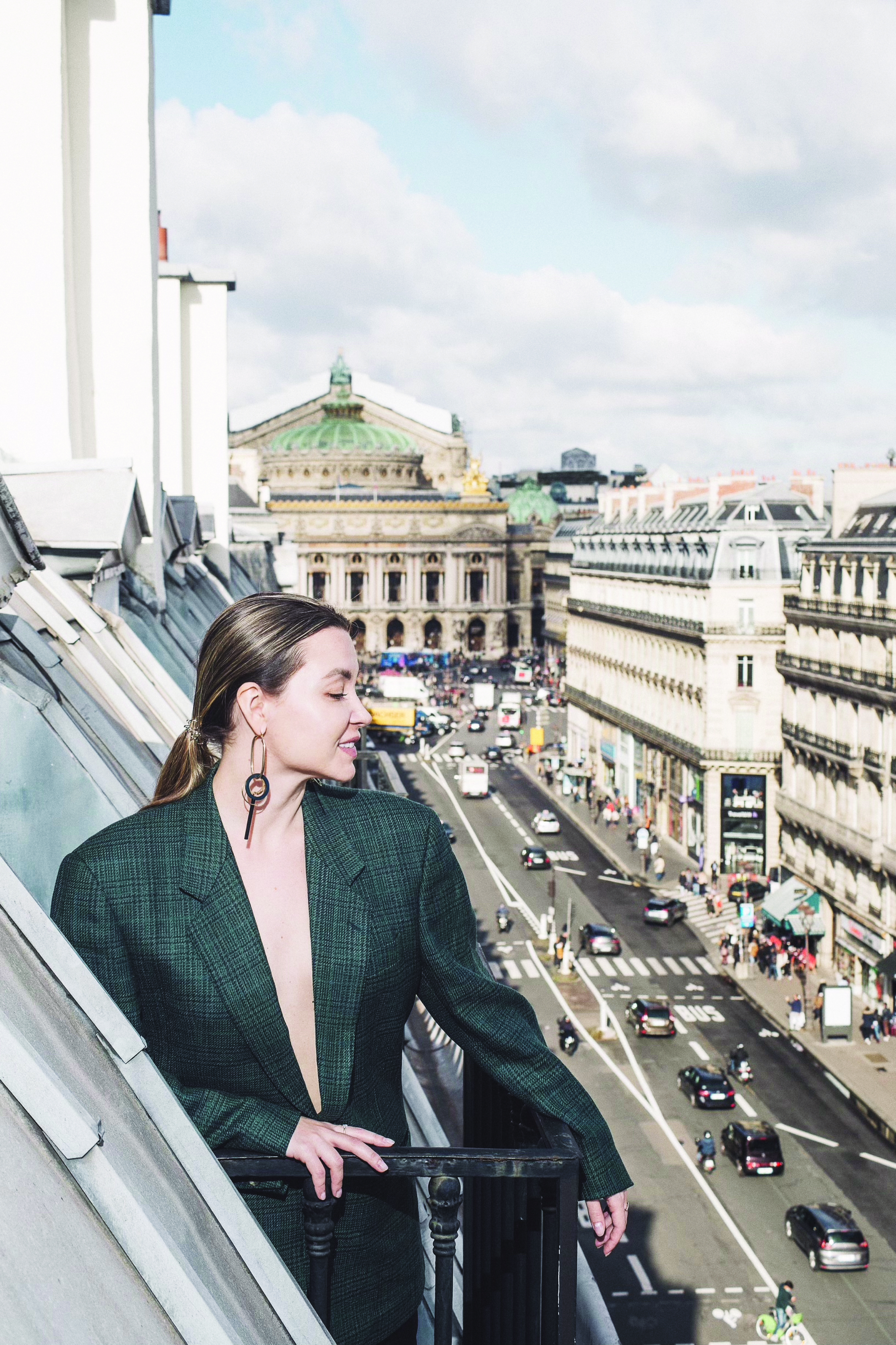
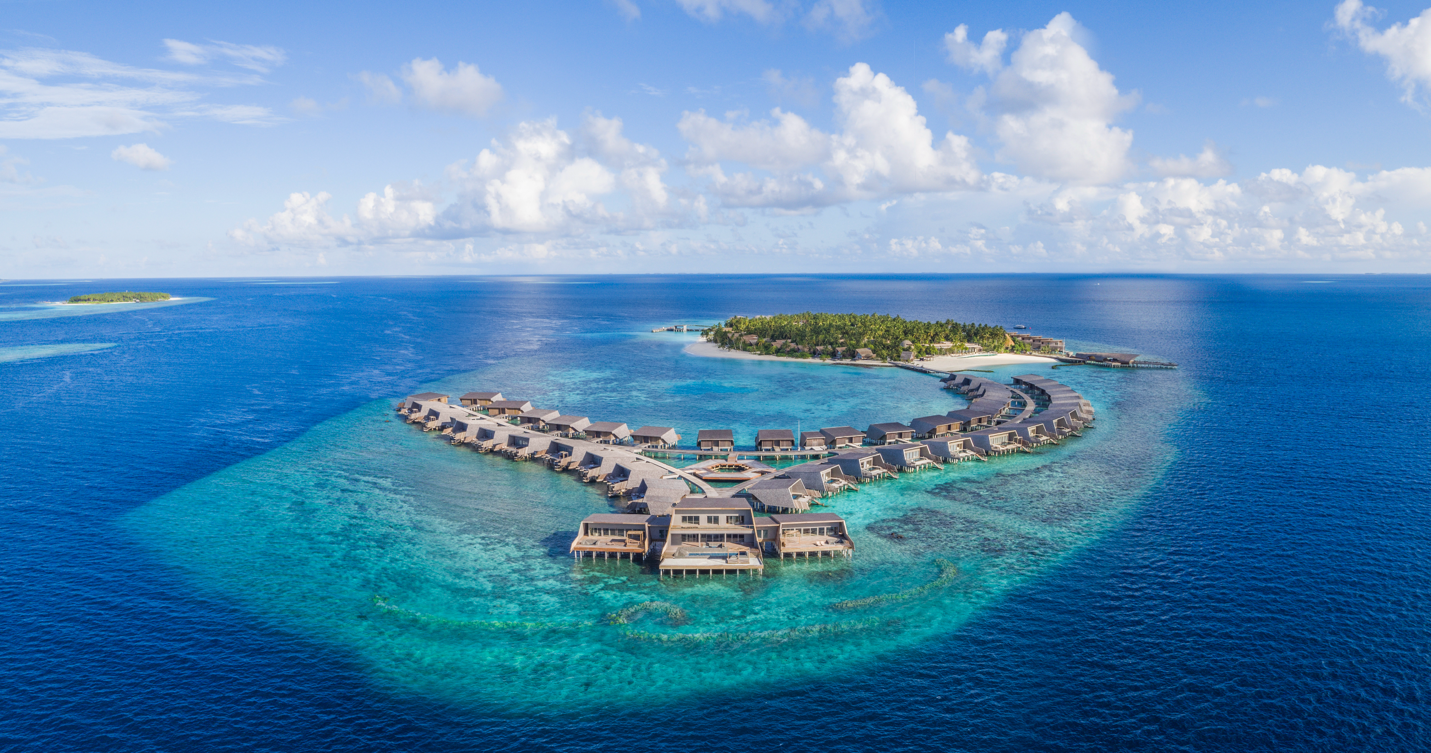


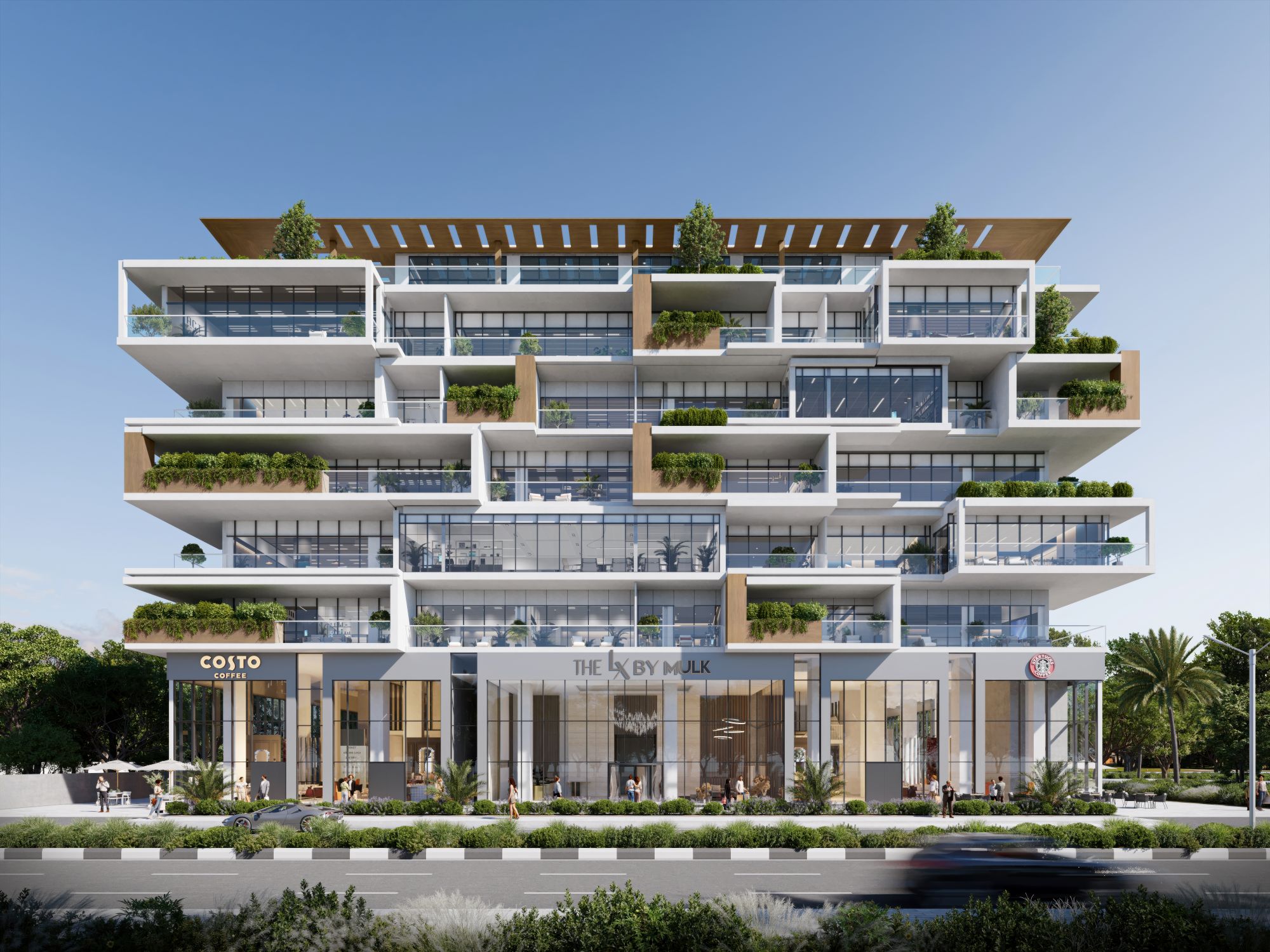
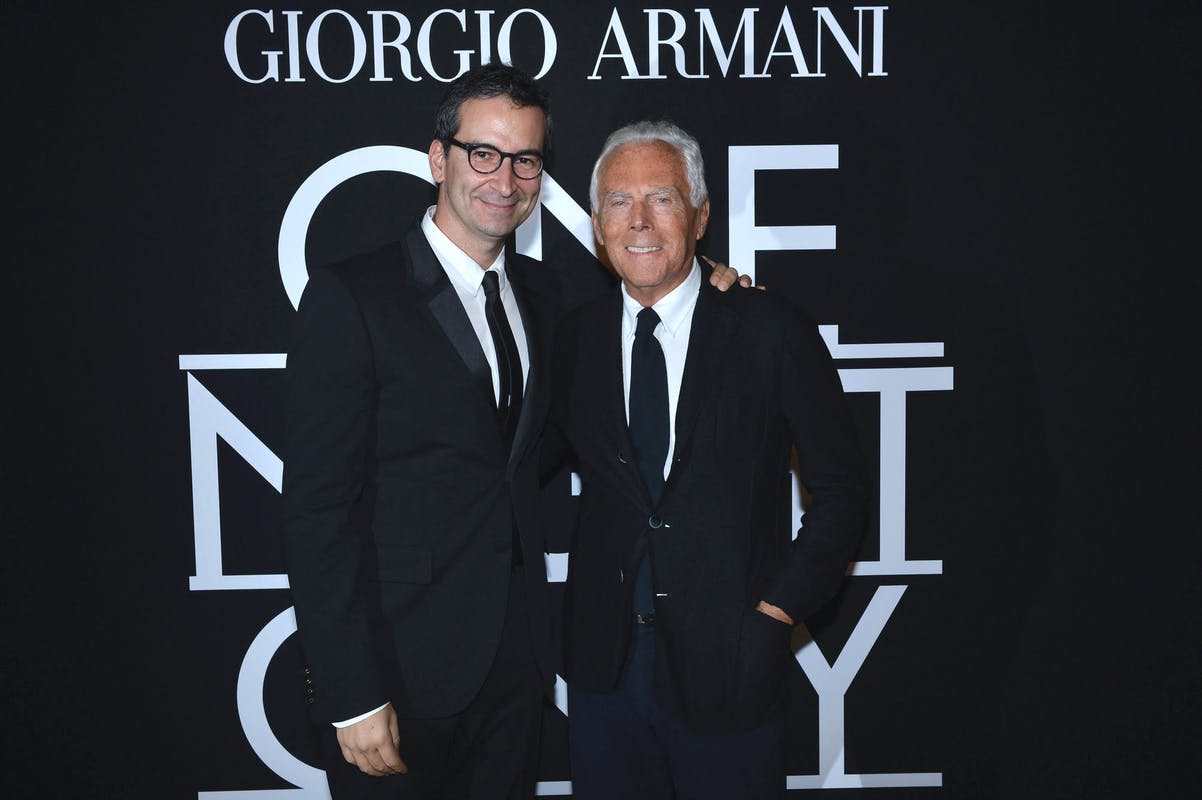

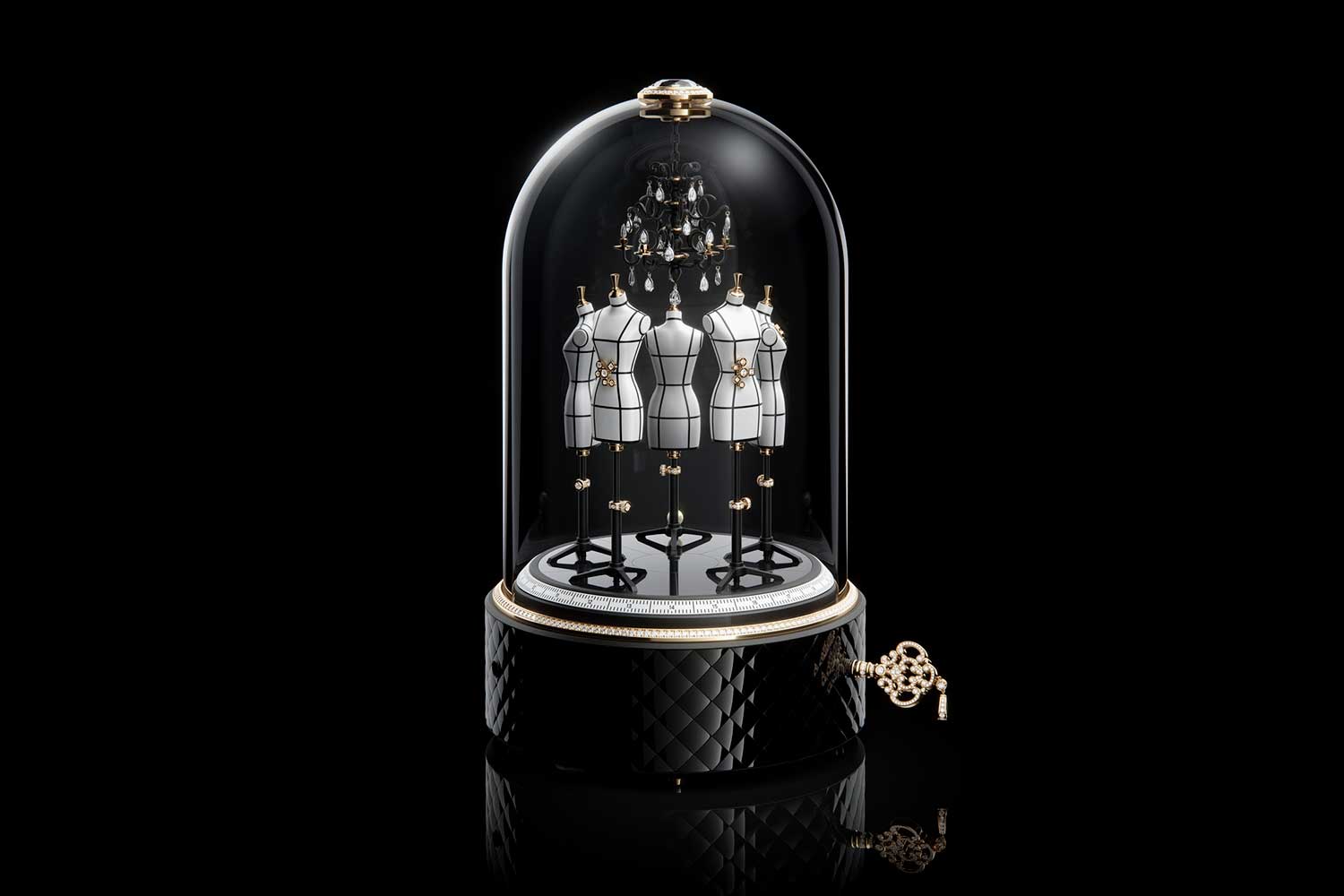
.jpg)